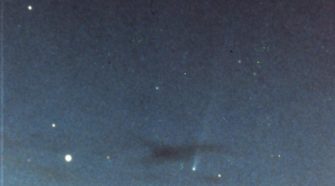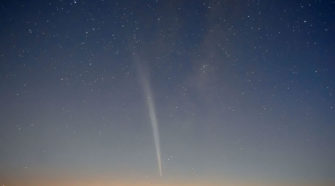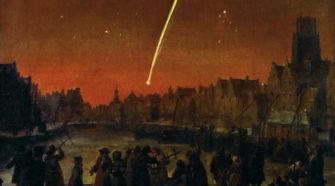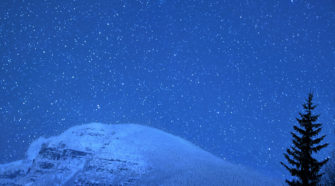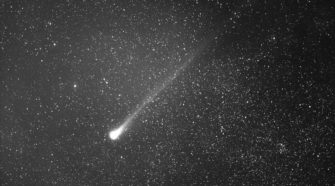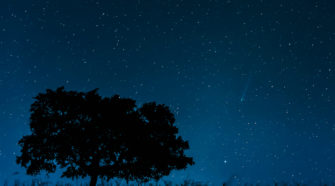Comet
Comet of the Week: Kohoutek 1973f
Perihelion: 1973 December 28.43, q = 0.142 AU This comet’s story starts about two years before its actual discovery when Brian Marsden (at the IAU’s Central Bureau for Astronomical Telegrams) performed some orbital calculations of the long-lost periodic Comet 3D/Biela (a previous “Comet of the Week”). The comet had not been seen since the mid-19th Century …
Comet of the Week: Lovejoy C/2011 W3
Perihelion: 2011 December 16.08, q = 0.006 AU In the “Special Topics” presentation on Kreutz sungrazers eight weeks ago I mentioned that in 2007 Zdenek Sekanina and Paul Chodas published a paper wherein they predicted that a new “cluster” of sungrazers should be arriving within the next few decades, with “its earliest member possibly just several …
Comet of the Week: The Great Comet of 1680
Perihelion: 1680 December 18.49, q = 0.006 AU This particular comet was undoubtedly one of the brightest comets of the 17th Century, but it is also one of the most important comets in history from a scientific perspective, and perhaps even from the perspective of overall human history. While there were certainly plenty of superstitions attached …
Comet of the Week: Lovejoy C/2013 R1
Perihelion: 2013 December 22.73, q = 0.812 AU I’ve mentioned in some of the previous “Ice and Stone 2020” presentations that, until the appearance of Comet NEOWISE C/2020 F3 earlier this year, the northern hemisphere had not had what could be considered a “Great Comet” in well over two decades. We did have a moderately bright …
Comet of the Week: 109P/Swift-Tuttle 1992t
Perihelion: 1992 December 12.32, q = 0.958 AU One of the most prolific comet discoverers of the late 19th Century was the American amateur astronomer Lewis Swift, who did most of his observing from rural New York before relocating to southern California in the early 1890s. Swift discovered his first comet, a 7th-magnitude object, on July …
Comet of the Week: ISON C/2012 S1
Perihelion: 2013 November 28.78, q = 0.012 AU I mentioned in the “Special Topics” presentation on “Great Comets” that such objects come by about once a decade, on average. Comet NEOWISE C/2020 F3, which appeared back in July, could perhaps be considered a borderline “Great” comet, but prior to that, the last “Great Comet” for those of …

